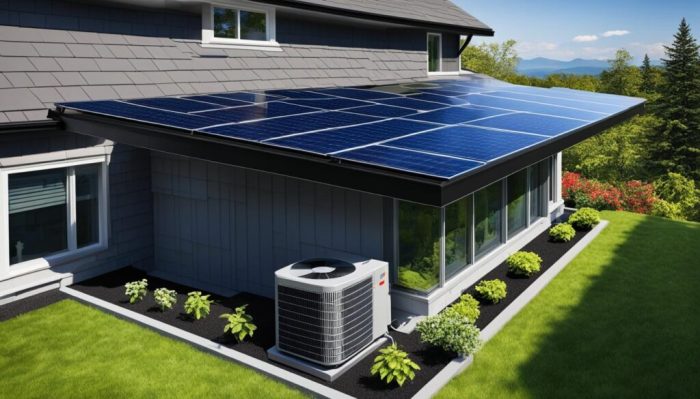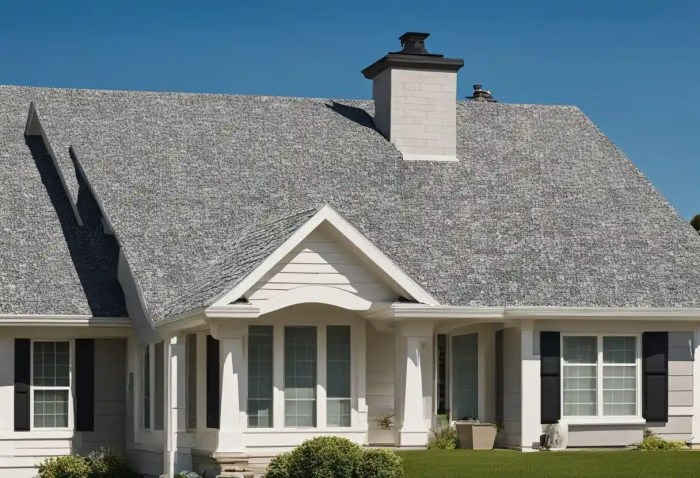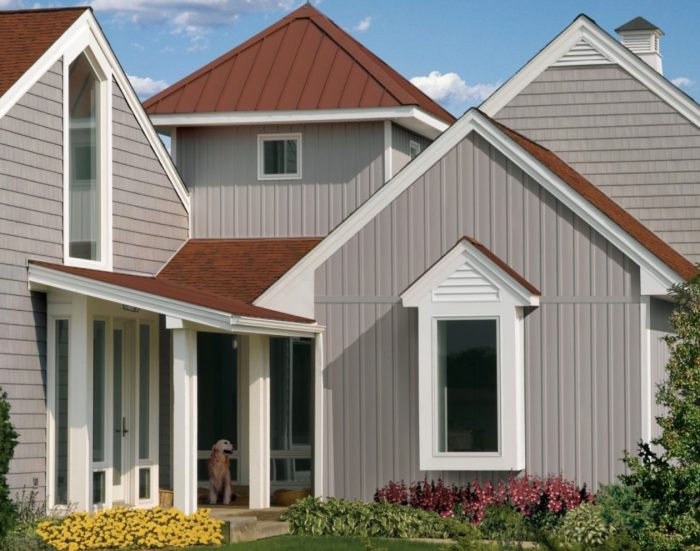Crafting Energy Efficient HVAC Systems for Eco-Friendly Interiors
As energy efficient HVAC systems for eco-friendly interiors become increasingly essential, this introductory passage invites readers into a world where sustainability meets comfort. The blend of innovative technology and eco-conscious design creates a captivating landscape worth exploring.
Dive into the subsequent paragraphs to uncover the intricate details surrounding energy efficiency and eco-friendly interiors, offering a holistic view of a harmonious living environment.
Introduction to Energy Efficient HVAC Systems for Eco-Friendly Interiors
Energy-efficient HVAC systems are designed to provide heating, ventilation, and air conditioning while minimizing energy consumption. These systems are crucial for reducing energy waste and lowering utility costs.
Eco-friendly interiors focus on creating living or working spaces that have a minimal impact on the environment. This includes using sustainable materials, reducing waste, and conserving resources.
The Benefits of Integrating Energy-Efficient HVAC Systems in Eco-Friendly Interiors
- Energy Savings: Energy-efficient HVAC systems consume less energy, resulting in lower utility bills and reduced carbon footprint.
- Improved Air Quality: These systems help maintain optimal indoor air quality by reducing pollutants and allergens, promoting a healthier living environment.
- Enhanced Comfort: Energy-efficient HVAC systems provide consistent heating and cooling, ensuring a comfortable indoor temperature year-round.
- Long-Term Cost Savings: While the initial investment in energy-efficient HVAC systems may be higher, the long-term savings in energy costs make them a cost-effective choice.
- Environmental Impact: By reducing energy consumption and greenhouse gas emissions, integrating these systems in eco-friendly interiors contributes to a sustainable environment.
Components of Energy-Efficient HVAC Systems
Energy-efficient HVAC systems incorporate various components that work together to reduce energy consumption and promote eco-friendly interiors. Let's explore the key components and their contributions to energy efficiency.
Smart Thermostats
Smart thermostats are programmable devices that adjust the temperature based on occupancy patterns and user preferences. By optimizing heating and cooling cycles, smart thermostats help reduce energy waste and improve overall efficiency.
Variable Speed Motors
Variable speed motors adjust their speed based on the heating or cooling demands of a space, unlike traditional HVAC systems that operate at fixed speeds. This flexibility allows variable speed motors to consume less energy while maintaining optimal comfort levels.
Innovative Technologies
- Geothermal Heat Pumps: These systems utilize the constant temperature of the earth to efficiently heat and cool indoor spaces.
- Zoned HVAC Systems: Zoned systems allow different areas of a building to have individual temperature controls, reducing energy waste in unoccupied spaces.
- VRF (Variable Refrigerant Flow) Systems: VRF systems optimize refrigerant flow based on demand, leading to energy savings and precise temperature control.
Design Considerations for Eco-Friendly Interiors with Energy-Efficient HVAC Systems

When designing eco-friendly interiors with energy-efficient HVAC systems, it is essential to consider how these systems can be seamlessly integrated to maximize efficiency and sustainability. This involves optimizing airflow and ventilation, as well as utilizing natural light and shading to complement the HVAC system's operation.
Optimizing Airflow and Ventilation
- Ensure proper placement of vents and returns to promote efficient airflow throughout the space.
- Utilize adjustable vents to control airflow based on specific needs and occupancy levels.
- Regularly clean and maintain HVAC components to prevent airflow obstructions and ensure optimal performance.
- Consider implementing a zoning system to regulate airflow in different areas of the building based on usage patterns.
Utilizing Natural Light and Shading
- Maximize natural light entry by strategically placing windows and skylights to reduce reliance on artificial lighting.
- Use shading devices such as blinds, shades, or curtains to manage natural light levels and prevent overheating during peak sunlight hours.
- Integrate smart shading systems that automatically adjust based on the position of the sun to optimize energy efficiency.
- Consider installing light sensors that work in conjunction with the HVAC system to adjust airflow and temperature based on natural light levels.
Sustainability and Maintenance of Energy-Efficient HVAC Systems
Energy-efficient HVAC systems play a crucial role in promoting sustainability within eco-friendly interiors. By reducing energy consumption, these systems help minimize the carbon footprint of buildings, contributing to a greener environment.
Importance of Regular Maintenance
Regular maintenance is essential for ensuring the optimal performance and longevity of energy-efficient HVAC systems. By conducting routine inspections, cleaning, and servicing, potential issues can be identified and addressed promptly, preventing costly repairs and breakdowns.
Eco-Friendly Practices for Maintenance
- Implementing a preventive maintenance schedule to keep the HVAC system running efficiently and reduce energy consumption.
- Using environmentally friendly cleaning products and practices to minimize the impact on indoor air quality and the environment.
- Properly disposing of old HVAC components and refrigerants to prevent harmful substances from entering the environment.
- Regularly checking and replacing air filters to improve air quality and ensure the system operates at peak efficiency.
Last Recap
In conclusion, the discussion on energy efficient HVAC systems for eco-friendly interiors highlights the crucial intersection of technology, sustainability, and design. The synergy between these elements paves the way for a greener future, where comfort and environmental responsibility coexist seamlessly.
Key Questions Answered
How can energy-efficient HVAC systems contribute to cost savings?
Energy-efficient HVAC systems reduce energy consumption, resulting in lower utility bills and long-term cost savings.
Are smart thermostats necessary for energy-efficient HVAC systems?
Smart thermostats help optimize energy usage by adjusting temperatures based on occupancy and preferences, enhancing overall efficiency.
What are some eco-friendly practices for maintaining HVAC systems?
Regular maintenance, proper filter replacement, and ensuring optimal airflow are key eco-friendly practices for maintaining HVAC systems.




